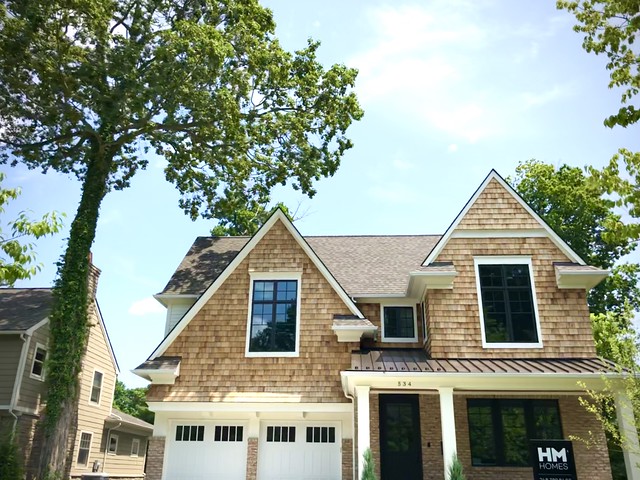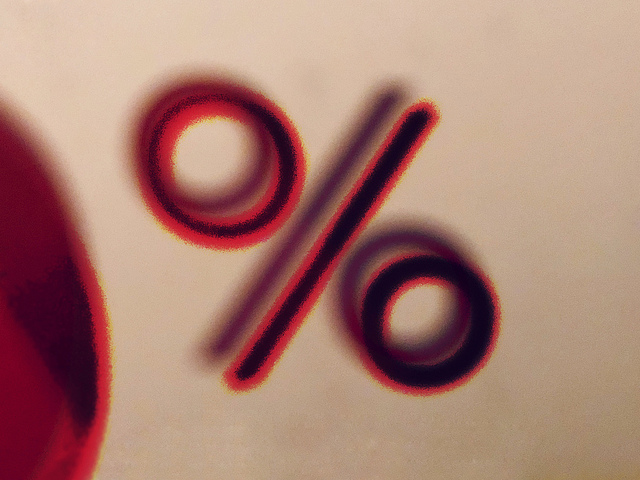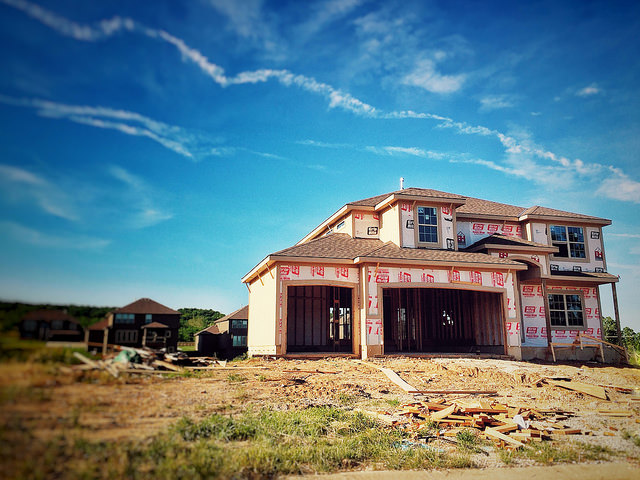According to the Mortgage Bankers Association’s Weekly Applications Survey, demand for loans to buy homes is now 10 percent higher than at the same time last year. That demand remains above year-before levels despite low inventory and rising prices is further evidence that low interest rates continue to help home buyers handle today’s market challenges. Joel Kan, MBA’s associate vice president of economic and industry forecasting, says the trend should continue. “Mortgage applications were mostly unchanged, with purchase activity rising 2 percent and refinances decreasing less than 1 percent,†Kan said, of last week’s results. “Purchase applications continued to run at a stronger pace than last year, finishing a robust 10 percent higher than a year ago. Considering how much lower rates are compared to the end of 2018, purchase applications should continue showing solid year-over-year gains.†Also in the report, average mortgage rates increased across all loan categories, including 30-year fixed-rate loans with both conforming and jumbo balances, loans backed by the FHA, and 15-year fixed-rate loans. The MBA’s weekly survey has been conducted since 1990 and covers 75 percent of all retail residential mortgage applications. More here.












